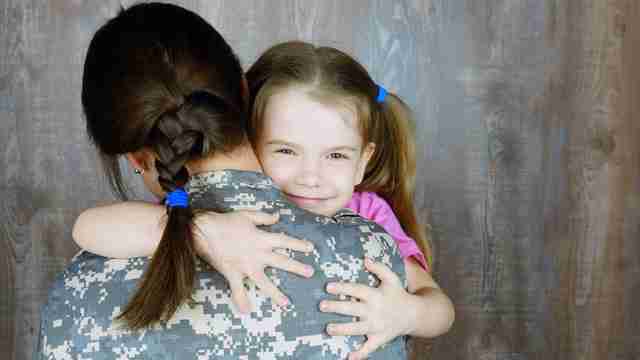
Teaching empathy to kids is an important way to build character and connect with others. Early childhood is ideal to begin instilling important socialization characteristics, such as empathy, in a child’s personality. Individuals having greater degrees of empathy tend to have a better sense of well-being. Having learned how to communicate and connect with others in a meaningful way, they have built greater levels of self-awareness.
How can empathy allow us to get closer to one another? It begins with having the ability to walk in their shoes and understand their viewpoint. Empathy is the first step toward achieving peace and tranquility in life no matter what your belief system may be.
Developing a sense of empathy in kids will help them to expand their consciousness to factor in the thoughts and feelings of others. This will equip them with the skills needed to cultivate healthy, meaningful relationships.
Assisting children to better understand differing perspectives and sympathize with different points of view will help boost their ability to form healthy relationships with others.
Teaching Empathy
We can provide empathy training throughout a child’s development, from the early learning years into grade school, and then through the teen years. Empathy can be a useful tool in stopping bullying behavior before it starts.
Tips for introducing empathy
1. You might ask questions like “Why do I think this?” Or “What would happen if I did this?”
2. Ask students who are feeling sad about an issue to share any concerns they may have.
3. If someone else is present, simply acknowledge that person if he or she wishes to participate.
4. Focus on the lesson at hand, not other people.
5. Consider including some personal examples of times you’ve been empathetic or displayed qualities of empathy while interacting with people and/or animals.
How to discuss empathy throughout the year
1. When talking about emotions (e.g., sadness), explain why we feel certain ways when we do.
2. Talk about how empathy relates to our own experiences and those of others.
3. Have discussions about specific situations where empathy could be helpful or harmful.
Applying empathy in different situations
Discuss and apply empathy when helping others by being aware of their needs. For example, notice what makes an individual happy, lonely, upset, etc. Help with these issues as much as possible. Do your best to be sensitive to what another person is experiencing.
Continue developing our empathic nature even after age 18:
People continue to develop emotional intelligence throughout adulthood. The earlier years are critical in building quick responses and recognizing emotions in oneself and others. In fact, most adults become more skilled in emotion recognition than children, but our knowledge becomes less accurate and precise.
Conclusion
Teaching empathy to children is a crucial part of their development that will help them grow into good citizens. Children learn from interactions with parents, teachers, peers, siblings, and neighbors;
Next: 7 Ways to Teach Preschoolers Empathy | Previous: Why is empathy important in social skills?



Leave a Reply